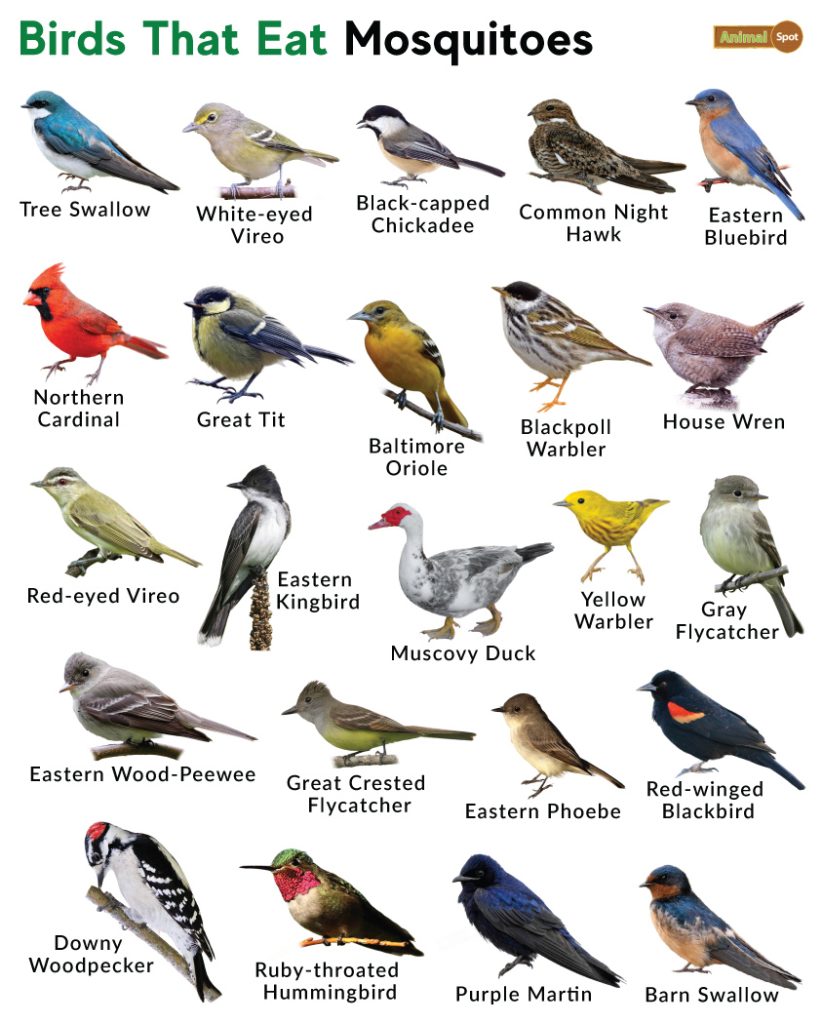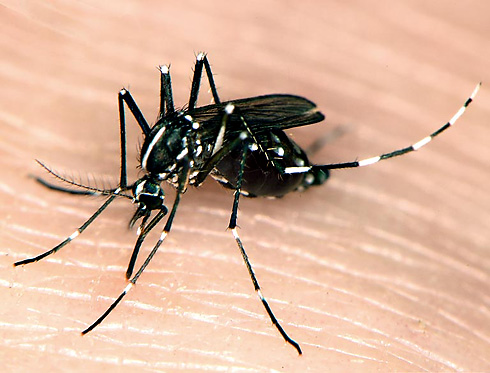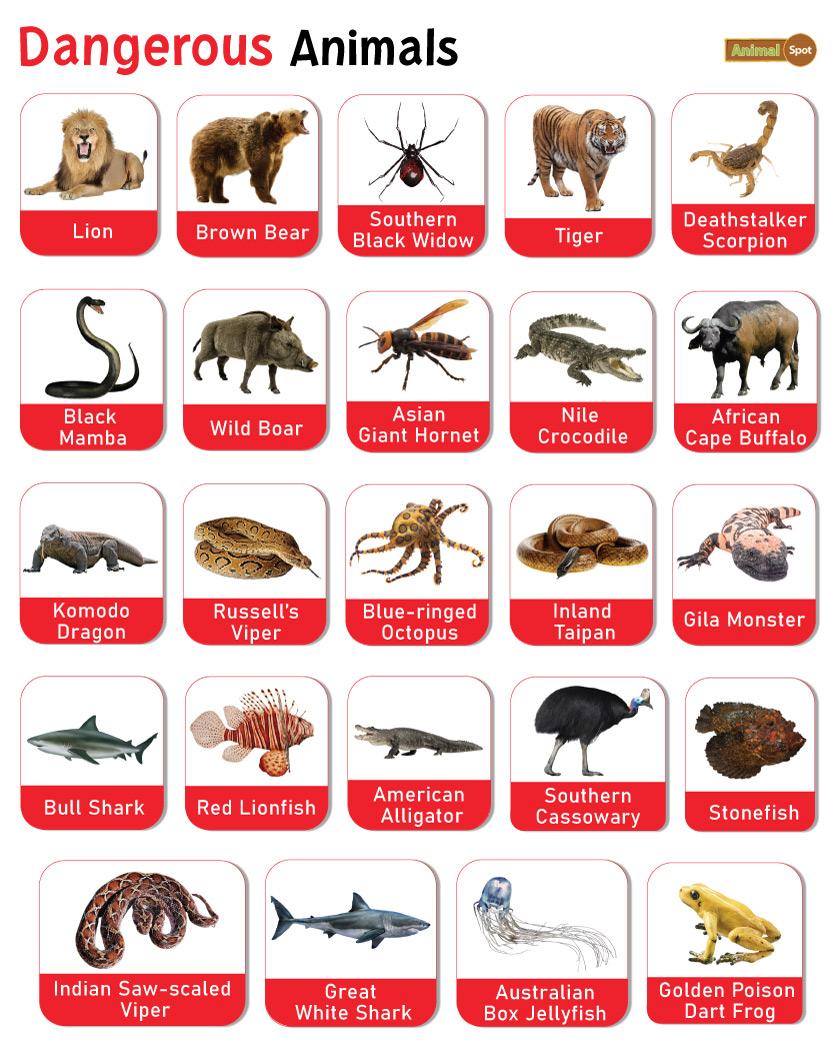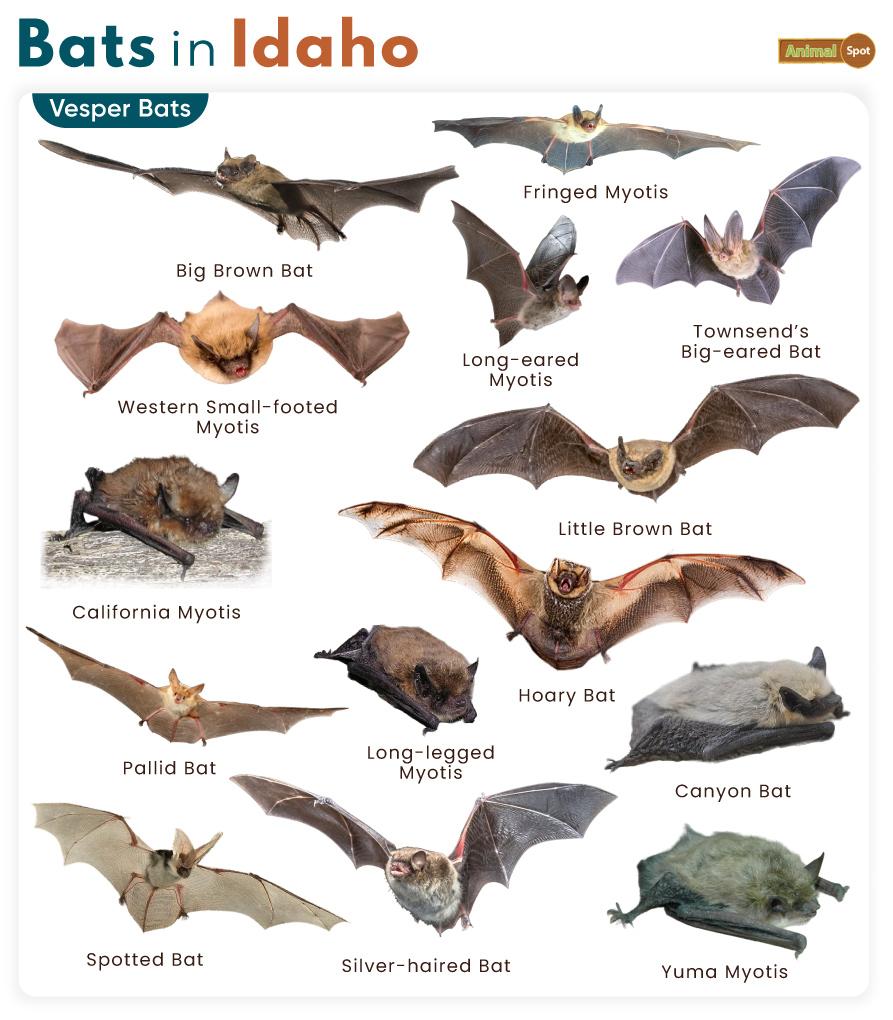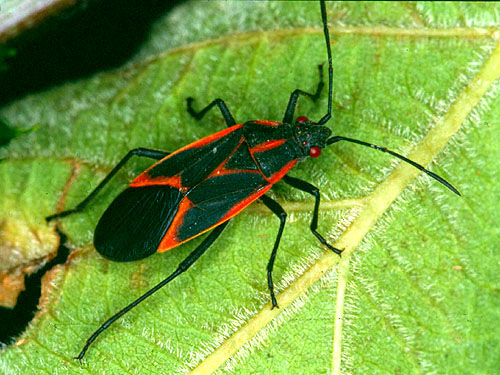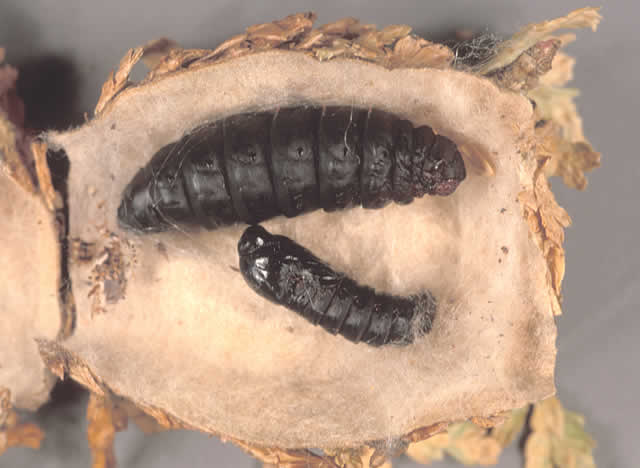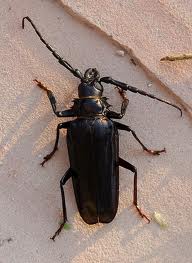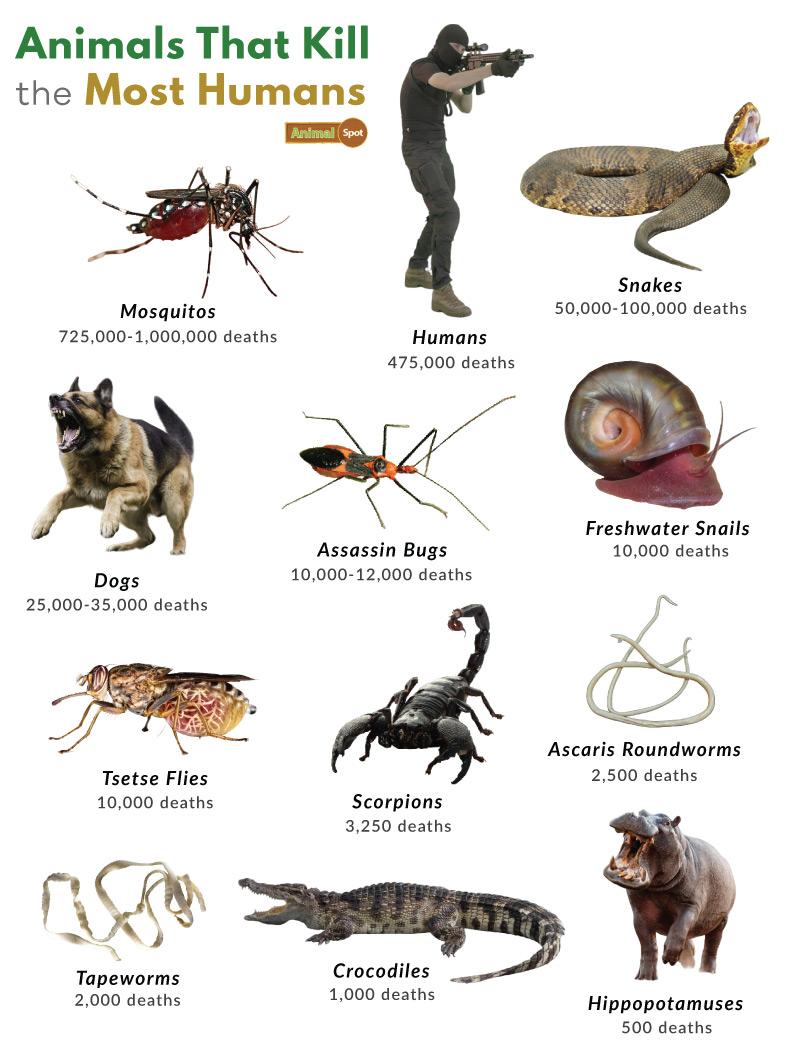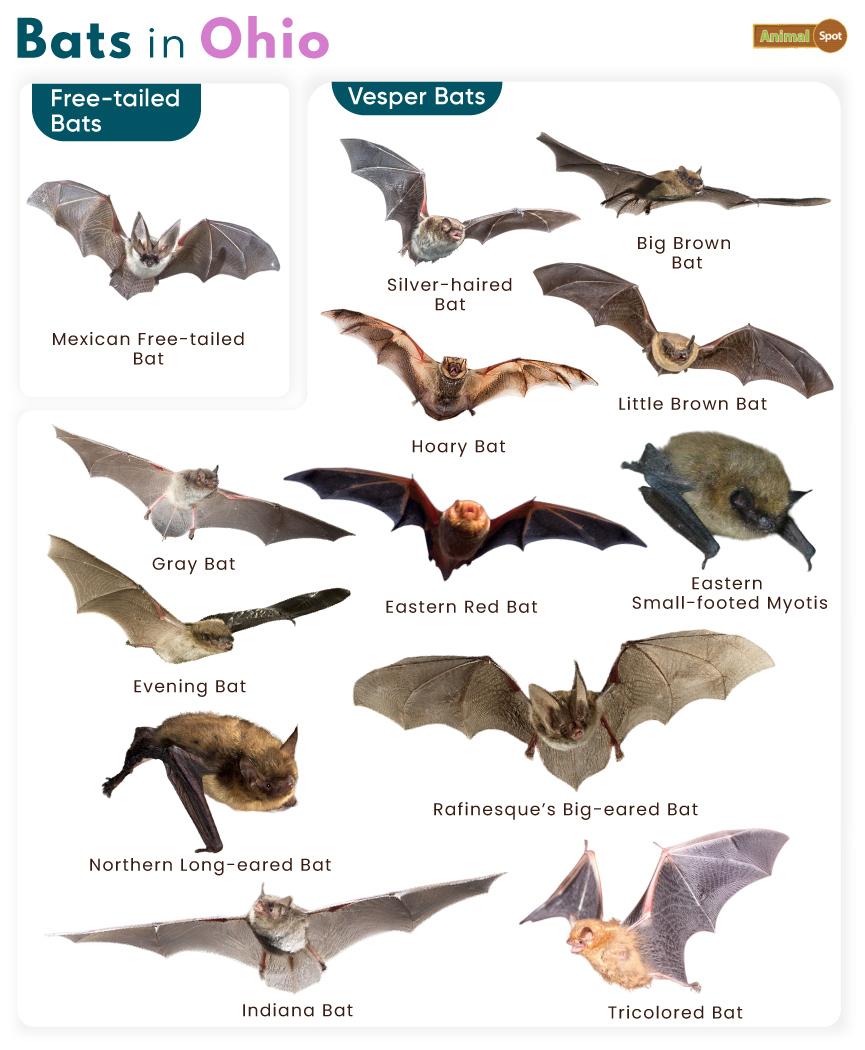| Tree Swallow | 4-6 | Between north-central Alaska and the tree line of Canada in the north, Tennessee in the southeast, California and New Mexico in the west, and Kansas in the center |
| Common Nighthawk | 8-10 | Throughout the United States and southern parts of Canada like Ontario and Winnipeg as well as in places in Central and South America like Mexico, Panama, and Colombia |
| Eastern Bluebird | 6-8 | Eastern North America, in places like Arkansas, Ohio, and South Carolina in the U.S. as well as parts of Central America like Nicaragua and Guatemala |
| Purple Martin* | 7-9 | Through eastern North America and some parts of the west coast, from British Columbia to Mexico, including US states like California and Washington |
| Ruby-throated Hummingbird | 2-4 | Throughout most of the eastern United States, from Maine to Florida and south-central and southeastern Canada |
| House Wren | 4-5 | Throughout most of North America, except the northern parts of Canada, as well as Central America and the northern parts of South America, including Venezuela, Colombia, and Ecuador |
| Black-capped Chickadee | 4-6 | From western Alaska through northern California and northern Nevada to New Jersey in the U.S. and southern Yukon, and all provinces from British Columbia to Newfoundland in Canada |
| Downy Woodpecker | 5-7 | Places like Alaska, Oregon, and Washington in the U.S. as well as parts of Canada like Newfoundland |
| Baltimore Oriole | 6-8 | Throughout eastern North America in places like Alabama, Georgia, and Mississippi in the U.S. and Nova Scotia and Toronto in Canada |
| Northern Cardinal | 8-9 | Places in eastern US like Maine, Minnesota, Texas, New Mexico, Arizona, California as well as Mexico |
| Great Tit | 5-6 | Most of Europe (excluding Iceland and northern Scandinavia), North Africa (Morocco, Algeria, Tunisia), and extends from Afghanistan and northern Iran to northern China and the Amur Valley, including Mongolia and the Middle East |
| Barn Swallow | 6-8 | Across the Northern Hemisphere, throughout the Caucasus and North America |
| Eastern Phoebe | 5-7 | Places in eastern North America like Quebec in Canada and North Carolina, Alabama, and Georgia in the U.S. |
| Eastern Kingbird | 7-9 | Fields and forests throughout North America |
| Eastern Wood Pewee | 5-6 | Places in eastern USA like Texas and New York as well as Canada |
| Gray Flycatcher | 5-6 | From southern British Columbia through a narrow region in central Washington to eastern Oregon and California, with a range encompassing Nevada, Idaho, Utah, Arizona, Wyoming, Colorado, and New Mexico |
| Great Crested Flycatcher | 6-8 | Eastern North America encompassing northern and southern Florida, parts of Texas, central Oklahoma, and eastern and central North Dakota in the U.S. and southern Manitoba, extreme southern Ontario and Quebec, northeast Nova Scotia, and parts of Prince Edward Island in Canada |
| Yellow Warbler | 4-7 | Throughout North America, except the northernmost parts of Canada |
| Red-eyed Vireo | 4-5 | Across Canada and the eastern and northwestern United States, including Wisconsin, Pennsylvania, and Ohio |
| White-eyed Vireo | 4-5 | Eastern North America, extending from New England to northern Missouri, extending south to Texas and Florida in the U.S. as well as eastern Mexico, northern Central America, Cuba, and the Bahamas |
| Muscovy Duck | 34-36 | Throughout the Americas, from Texas and Mexico to Argentina and Uruguay |
| Blackpoll Warbler | 4-6 | Throughout northern North America, including Alaska, New England, the Adirondack Mountains of New York, and most of Canada |
| Red-winged Blackbird | 6-9 | Across North America, from central-eastern Alaska and Yukon to Newfoundland in the north, extending south to northern Costa Rica, and from the Atlantic to the Pacific |

